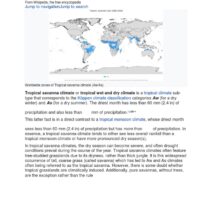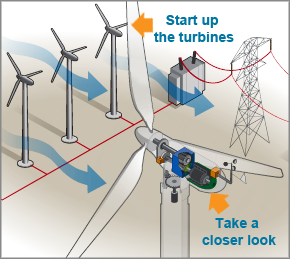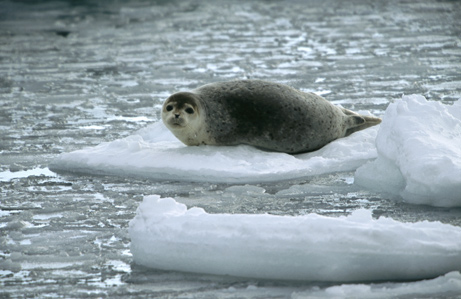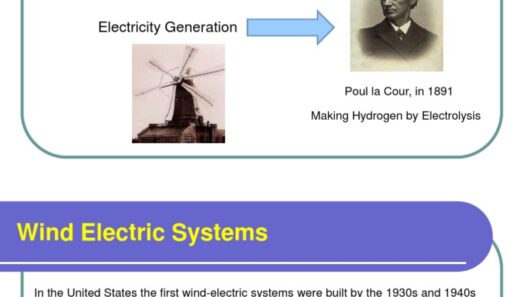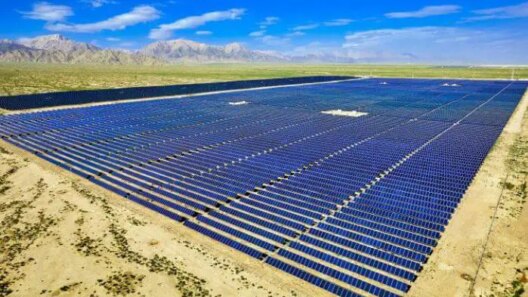As the world grapples with the urgent need for sustainable energy solutions, wind energy has surged into the limelight as a viable alternative. Harnessing the might of the winds to generate electricity is not merely a technological feat; it embodies a philosophical shift towards renewable energy sources. This exploration into how wind is transformed into electrical power, specifically through wind turbines, promises to illuminate the intricacies of a technology that is reshaping our energy landscape.
The genesis of wind energy lies in the microscopic interactions of solar radiation with the Earth’s surface. Variations in temperature amplify diverse air pressures, instigating the movement we perceive as wind. From gentle breezes to fierce gales, this kinetic force lays the groundwork for a transformative energy generation process.
The mechanics behind this transformation take form in wind turbines, often described as the modern-day windmills of yore. But how exactly do these towering structures convert moving air into usable electricity?
At the heart of a wind turbine’s design is an astute understanding of aerodynamics. The blades of the turbine, typically fashioned from composite materials for improved strength and weight optimization, are engineered to exploit the wind’s power efficiently. As wind flows over the blades, it creates differences in pressure, causing them to rotate. This rotational motion is fundamental, triggering a cascade of transformations that ultimately yield electricity.
The relationship between wind speed and energy generation is not linear, making the design of wind turbines a meticulous endeavor. Turbines are built to operate optimally within specific wind speed ranges. If the wind is too light, the turbine fails to generate sufficient energy. Conversely, if wind speeds exceed optimal conditions, safety mechanisms come into play to protect the turbine from potential damage. This delicate balance between nature’s whims and human engineering is a testament to our evolving understanding of environmental dynamics.
Furthermore, the strategic placement of wind turbines is crucial for maximizing energy output. Wind farms, clusters of turbines located in optimal windy locations, harness the power of prevailing winds effectively. Geographic factors, including topography and proximity to coastlines, play pivotal roles in determining the efficiency of these wind installations. Vast expanses of rural land, mountainous regions, and even offshore settings are transformed into green power generators.
As the blades revolve, they rotate a shaft connected to a gearbox, escalating the rotational speed. Although some turbines use direct-drive systems that eliminate the need for gearboxes, traditional models still rely on this component to step up the speed sufficiently for the generator. This generator is the heart of the turbine, converting mechanical energy into electrical energy through electromagnetic induction—a principle beautifully manifested in countless devices, from power plants to household appliances.
Once generated, the electricity travels through cables to inverters, transforming the direct current (DC) into alternating current (AC)—the form of electricity most commonly used in homes and businesses. This process of conversion plays an indispensable role in enabling the generated power to interface seamlessly with the grid, ensuring that wind energy reaches consumers without interruption.
In addition to the technical marvels of wind turbines, the environmental implications of utilizing wind energy are profound. Wind power hardly produces emissions during its operation. It stands in stark contrast to fossil fuel-dependent methods of energy generation, which spew greenhouse gases into our atmosphere, further perpetuating climate change. By investing in and expanding wind energy infrastructure, we are investing in a cleaner, more sustainable future.
Yet, the wind energy revolution is not devoid of challenges. Critics point to potential drawbacks, including impacts on local wildlife, especially birds and bats, and concerns regarding noise pollution. However, advancements in turbine technology strive to mitigate these issues. Ongoing research endeavors aim to enhance turbine designs to minimize their ecological footprint while still maximizing energy output.
Moreover, the economic landscape surrounding wind energy is shifting. The reduction in the cost of wind technology—thanks to innovations in engineering and economies of scale—has made it one of the most competitive forms of energy in many regions across the globe. Policies and incentives further fuel this trend, promoting the integration of wind energy into national grids and empowering local communities to become energy self-reliant.
As we journey into the future, the potential for wind energy remains vast. With advancements in energy storage technologies, such as batteries, there is hope that the intermittent nature of wind can be effectively bridged. This transition would enable communities to buffer the highs and lows of wind energy availability, providing a reliable source of renewable electricity round the clock.
In conclusion, wind energy represents not just a technological innovation but a paradigm shift in our approach to energy consumption. The marvel of wind turbines, their ability to transmute the power of moving air into electricity, ignites a spark of curiosity and hope. As we navigate through the complexities of environmental issues, embracing the potential of wind energy is a crucial step towards achieving sustainability. Understanding this interplay between technology and nature invites us to reimagine our role in the ecosystem and propel society towards a greener future.

